11 things we learned about The Road to PS5 from PlayStation's latest livestream
Here's the key information you need to know from today's PS5 info dump
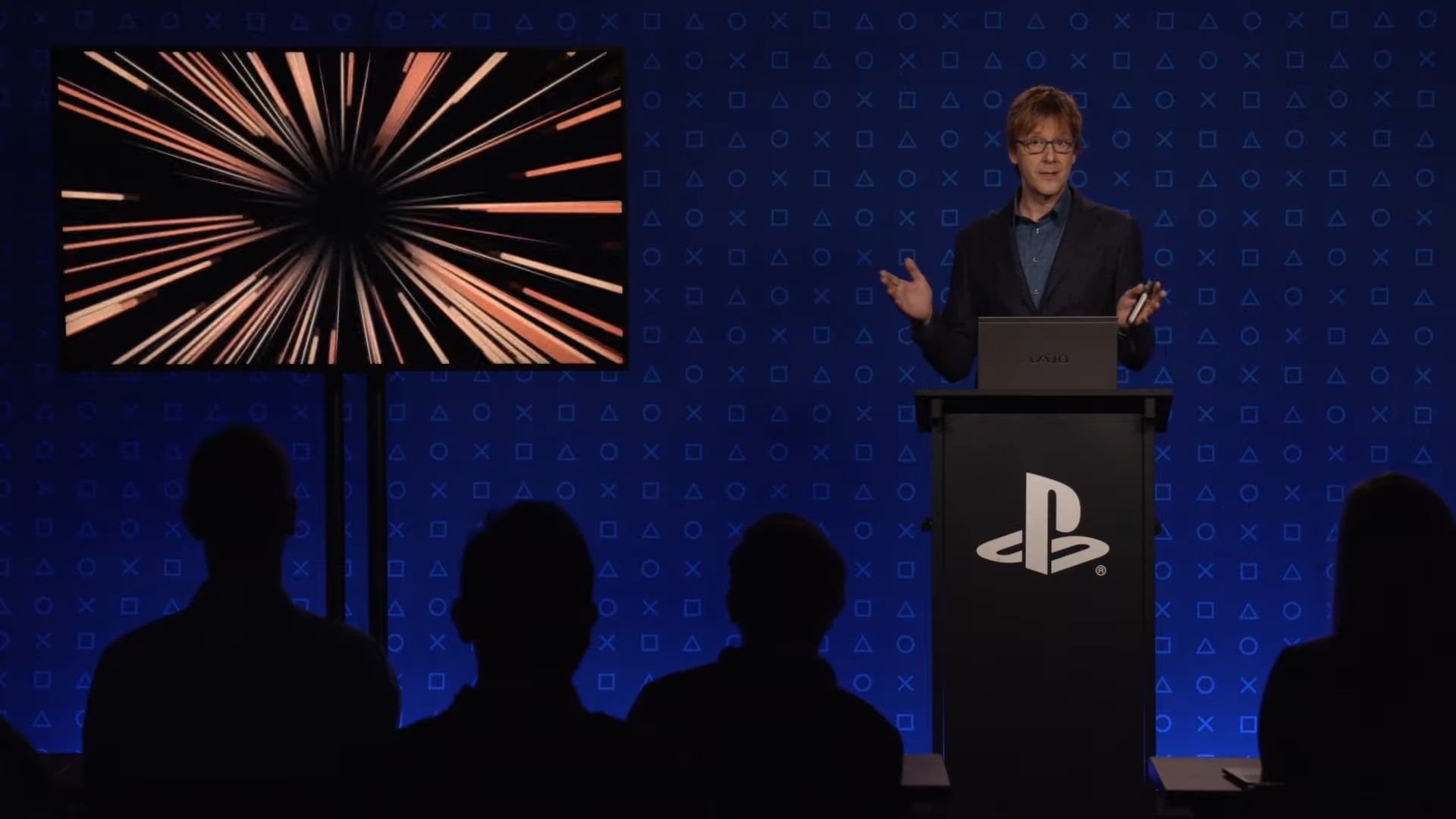

The Road to PS5 live-stream has finally given us more to discuss, debate, and salivate over with Sony's next generation console, with the system's lead architect Mark Cerny offering a wealth of new information about the PS5 specs, PS5 design, and so much more. Yes, it may have been heavy on the tech-jargon, but dig deeper into everything PlayStation just revealed, and it's clear Sony is aiming to deliver another game-changer with its PS4 successor.
Missed the stream? Or simply want to understand more about what all this PS5 news means to you? Look no further than here, as we've drawn out all the key things you need to know about this latest PS5 bombshell drop, and how it'll change the way we play when the console finally ends up in our living rooms. From breaking down those technical specs to a closer look at some of the unexpected surprises of the reveal event, here's 11 things we've just learned about the PS5.
1. The full PS5 specs are here
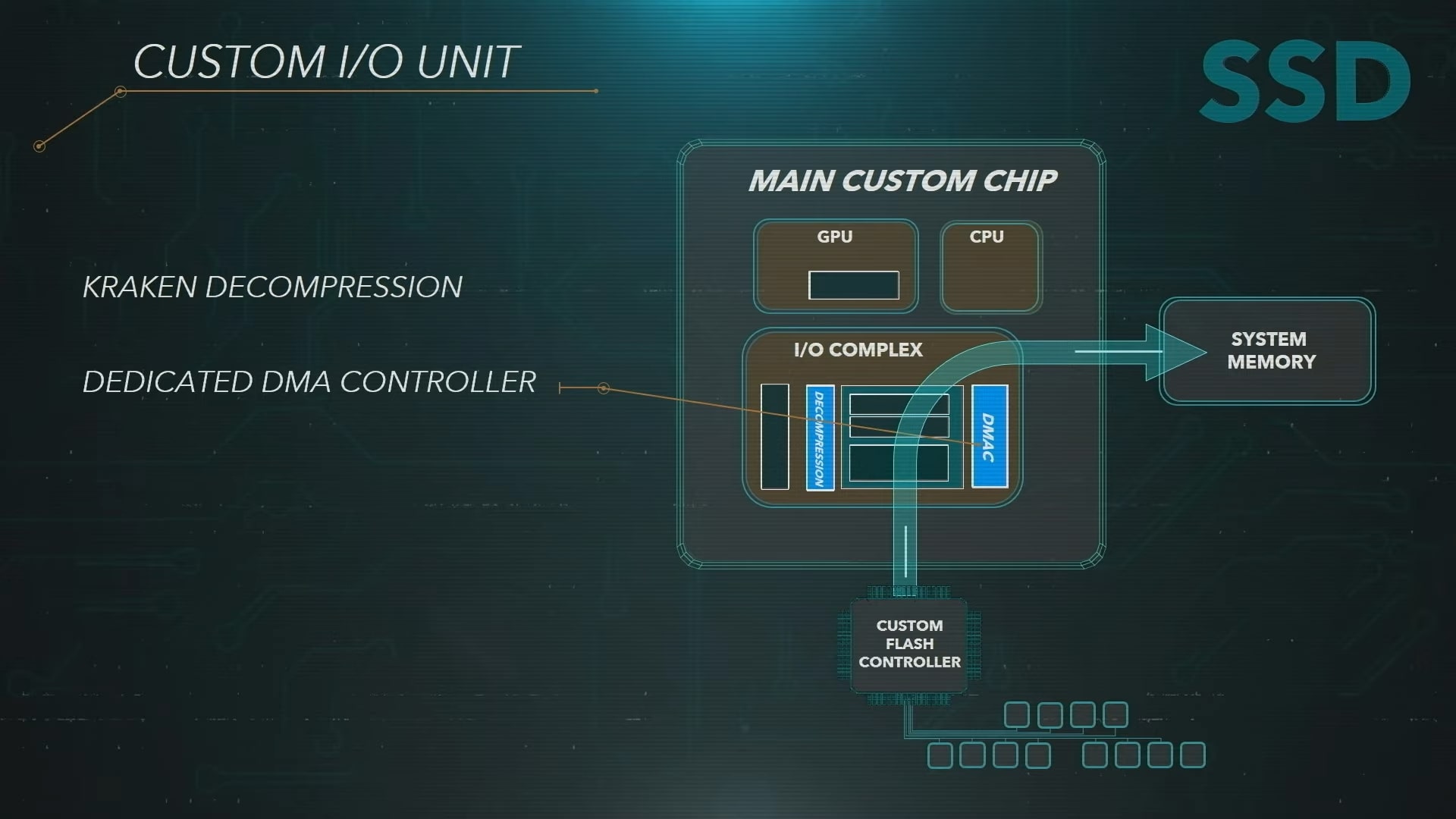
Sony has finally revealed what is inside of the next generation PlayStation and, well, this thing is a beast. We've gone into far more detail of the PS5 Specs and what they all mean here, and have compared the PS5 vs Xbox Series X as well. For the time being, here's the PS5 Specs in full:
- CPU: 8x Zen 2 Cores at 3.5GHz (variable frequency)
- GPU: 10.28 TFLOPs, 36 CUs at 2.23GHz (variable frequency)
- GPU Architecture: Custom RDNA 2
- Memory/Interface: 16GB GDDR6/256-bit
- Memory Bandwidth: 448GB/s
- Internal Storage: Custom 825GB SSD
- IO Throughput: 5.5GB/s (Raw), Typical 8 - 9GB/s (Compressed)
- Expandable Storage: NVMe SSD Slot
- Optical Drive: 4K UHD Blu-ray Driv
2. PS5's GPU will run up to 10.28 teraflops
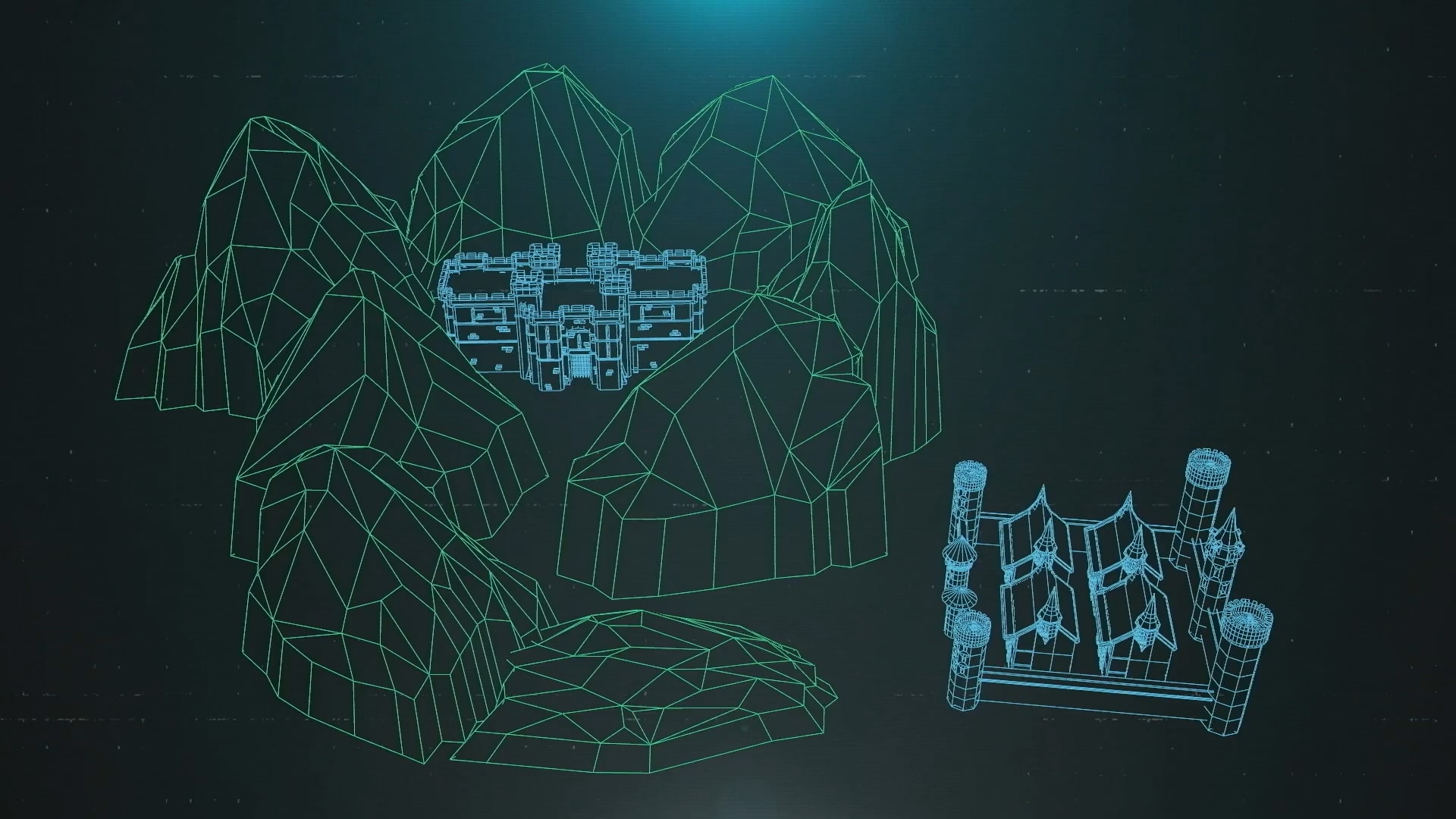
One of the headline announcements was that the PS5 GPU will run up to 10.28 teraflops, which is noticeably less powerful than the Xbox Series X on paper, which can run up to 12 teraflops, but still makes this a huge step up from the PS4 Pro, which currently runs up to 4.2 teraflops.
Its GPU also has 36 CUs at a cap of 2.23GHz, but Cerny explained that these can run at variable frequencies. So the console can adjust how quickly it runs based on what the software running needs from it. Long story short though, if numbers are what you measure, Xbox Series X will boast more teraflops.
3. What the new SSD means for PS5
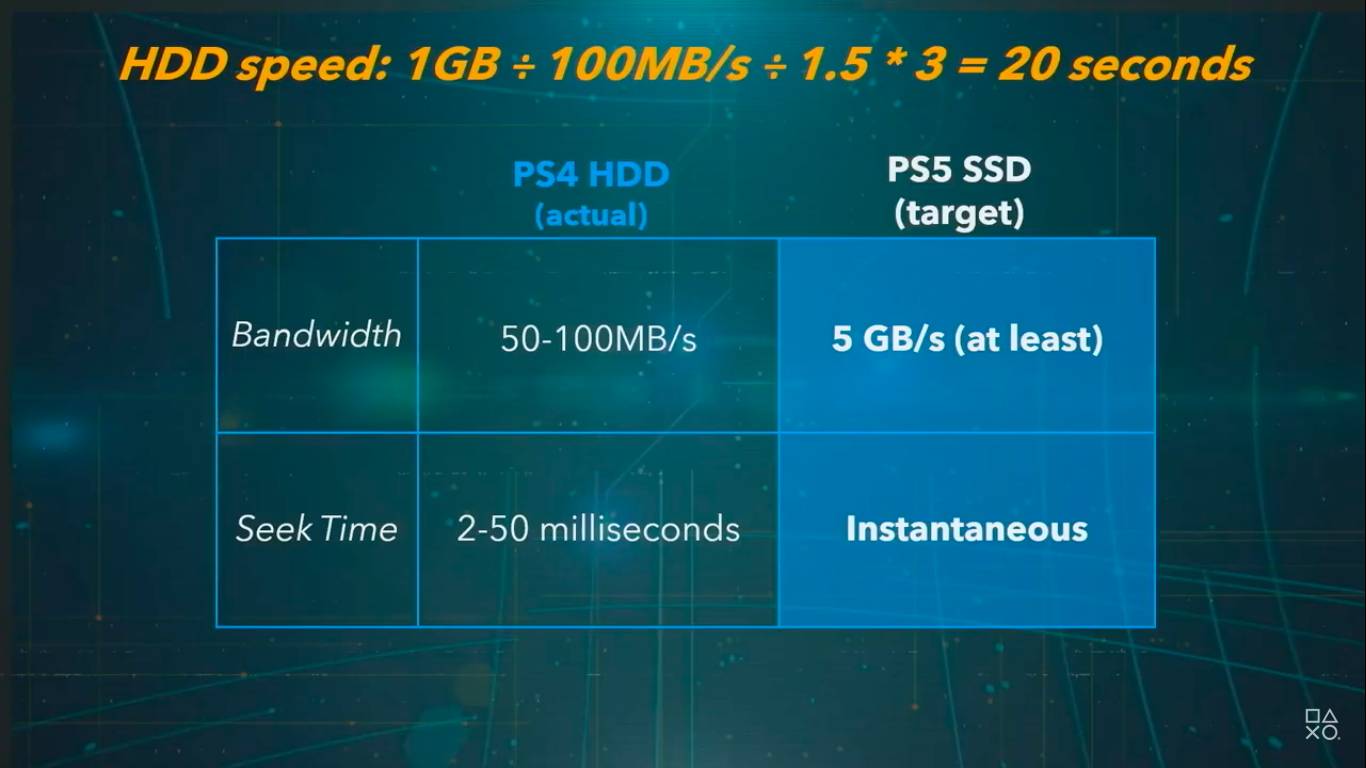
One of the biggest requests from developers, Cerny claims, is that the company can cut down the amount of time it takes for a development studio to get to work on optimising legacy PS4 titles and creating brand new PS5 games. Thanks to the custom-built PS5 SSD that Sony is putting in the console, developers should be able to get projects up and running in under a month on the new console.
While the PS4's HDD Bandwidth was around 50-100 MB/s, the PS5 is targeting speeds of 5GB/s. This is going to have major implications on everything from loading times, the time it takes to patch and install games, and even the way that games are made and played.
Sign up to the GamesRadar+ Newsletter
Weekly digests, tales from the communities you love, and more
4. Load times will be practically non-existent
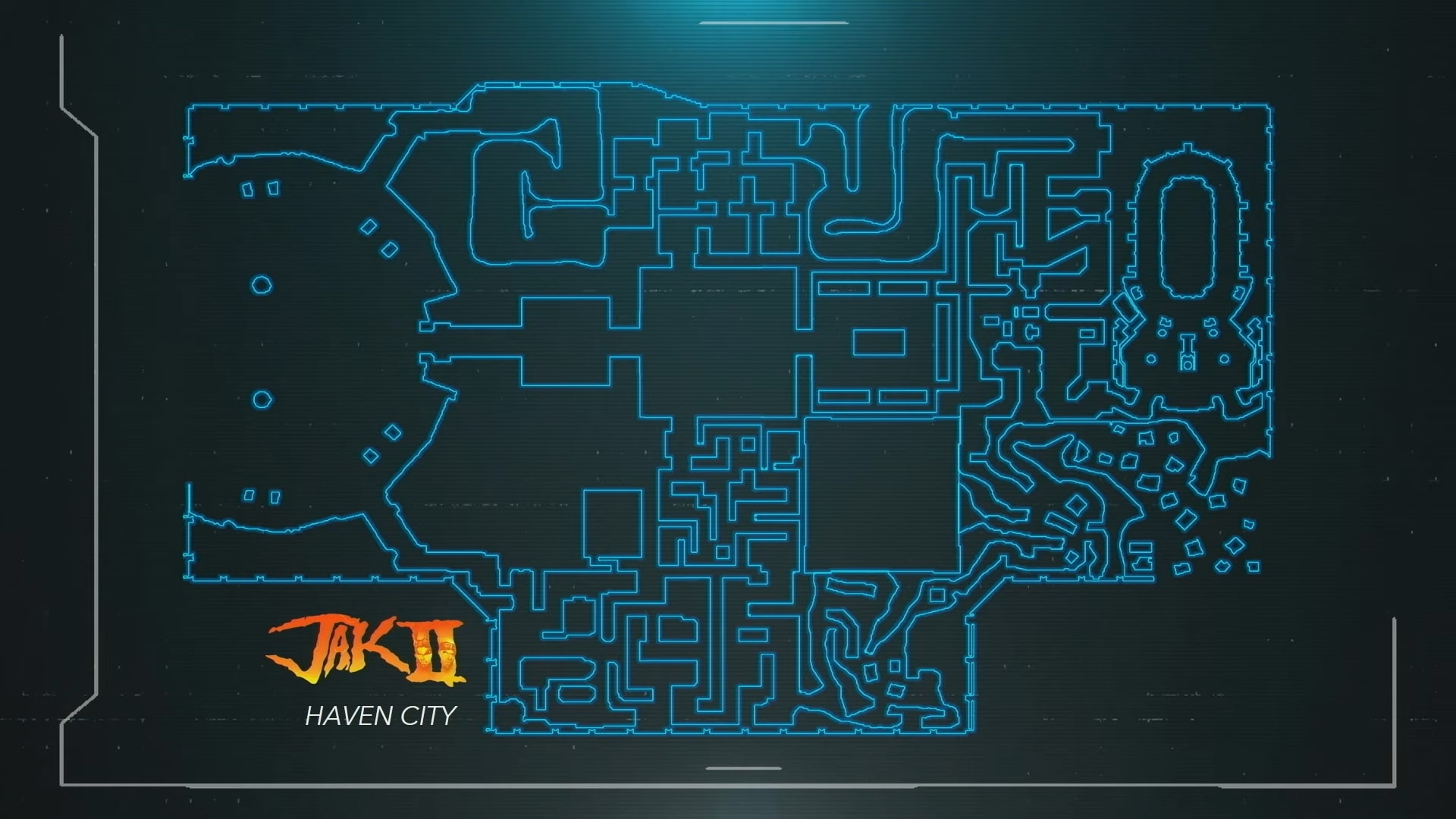
One of the most immediate benefits of the SSD drive will be a drastic reduction in load times. If the PS4 can load 1GB of data in 20 seconds, the hope is that the PS5 will be able to load 2GB in 0.27 seconds. What we're talking about here is game loading and asset streaming over 100x faster than it is in the current generation.
It means that you'll be able to boot games up in seconds and be met with minimal load times, it means that patch instals should effectively be a thing of the past, and it means that developers will be able to change the way they fundamentally design levels to take advantage of how quickly data is available.
5. SSD allows developers to design with freedom
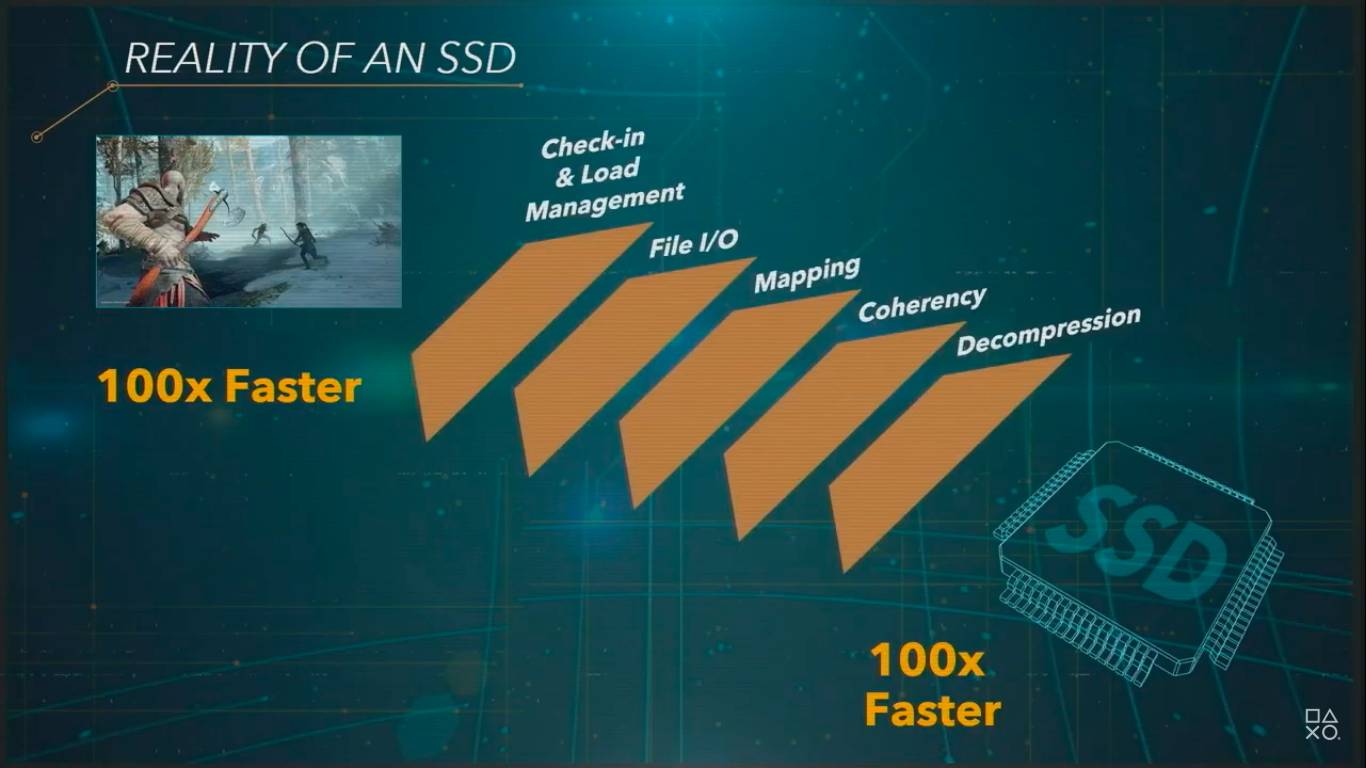
One of the most interesting parts of the Mark Cerny TED talk surrounded how the strides Sony is making with the PS5 SSD and system architecture will allow developers to design with more freedom than ever before.
It means that being trapped in elevators for 30 seconds, crawling through cracks in the wall, and running through long and empty corridors while the game is trying to load textures in will effectively be a thing of the past. If developers no longer have to segment levels as a necessity, it could fundamentally change the way that levels and worlds are designed, and that games are paced and written.
6. You can use external hard drives
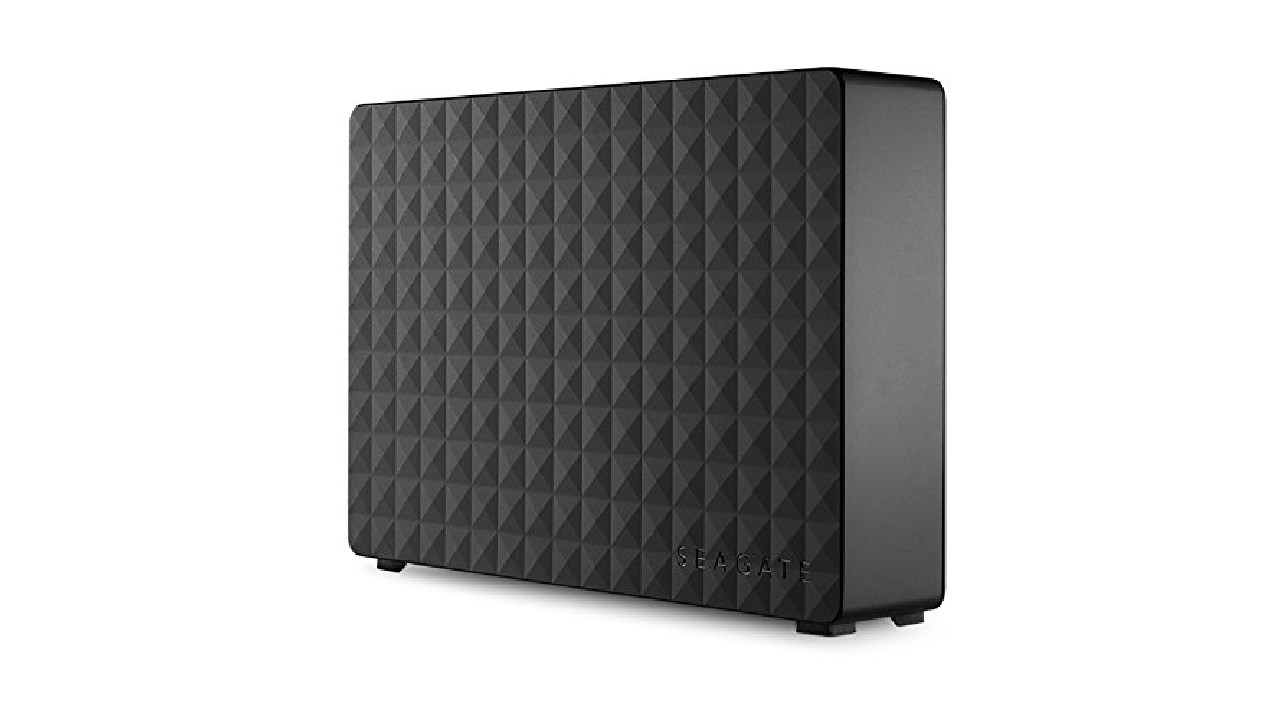
Crucially, players will still be able to expand their PS5's memory banks with the use of external SSD drives bought separately from the console itself. Cerny confirmed that Sony will be supporting compatibility with a number of third-party drives (unlike Microsoft's Xbox Series X memory cards), but recommended sticking to Sony's certified products.
Cerny explained that the drives "can take full advantage of the decompression, IO co-processors, and all the other features [of the PS5] I was talking about. Here's the catch though: that commercial drive has to be at least as fast as ours. Games that rely on the speed of our SSD need to work flawlessly with any M2 drive." In other words, if you're thinking about picking up a new SSD for that day one PS5, don't go down the knock-off Nigel route.
7. Almost 100 of the most played PS4 games will be backwards compatible at launch
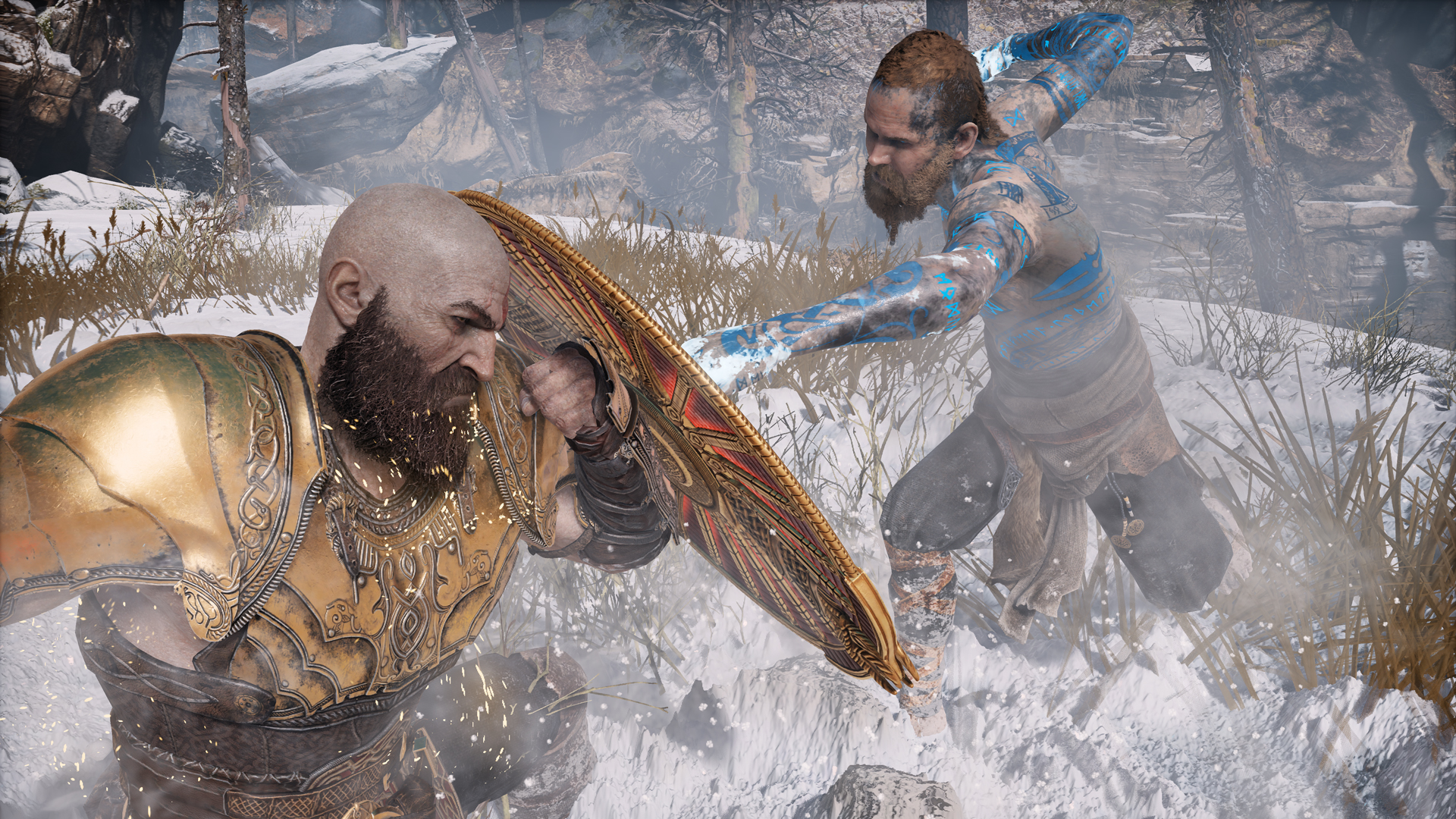
Sony had already confirmed PS5 backwards compatibility, but the system's lead architect Mark Cerny has finally given us a few more details. The biggest? That the PS5 will play "almost all" of the 100 most-played PS4 games at launch, as determined by total time played. The reason this number isn't larger because Sony is having to performance test each title individually, that's because the boost the PS5 can provide is so significant that some PS4 games simply can not handle it.
A solution to this is in Sony's decision to allow the PS5 chipset to switch between Legacy PS4 and PS4 Pro modes, which should also guarantee that backwards compatibility is a permanent fixture in the PS5, and won't be cut in an effort to cut costs – as it had to do with the PS3, with respect to the launch 60GB console and the revised systems that followed.
8. You can play backwards compatible games from an external SSD
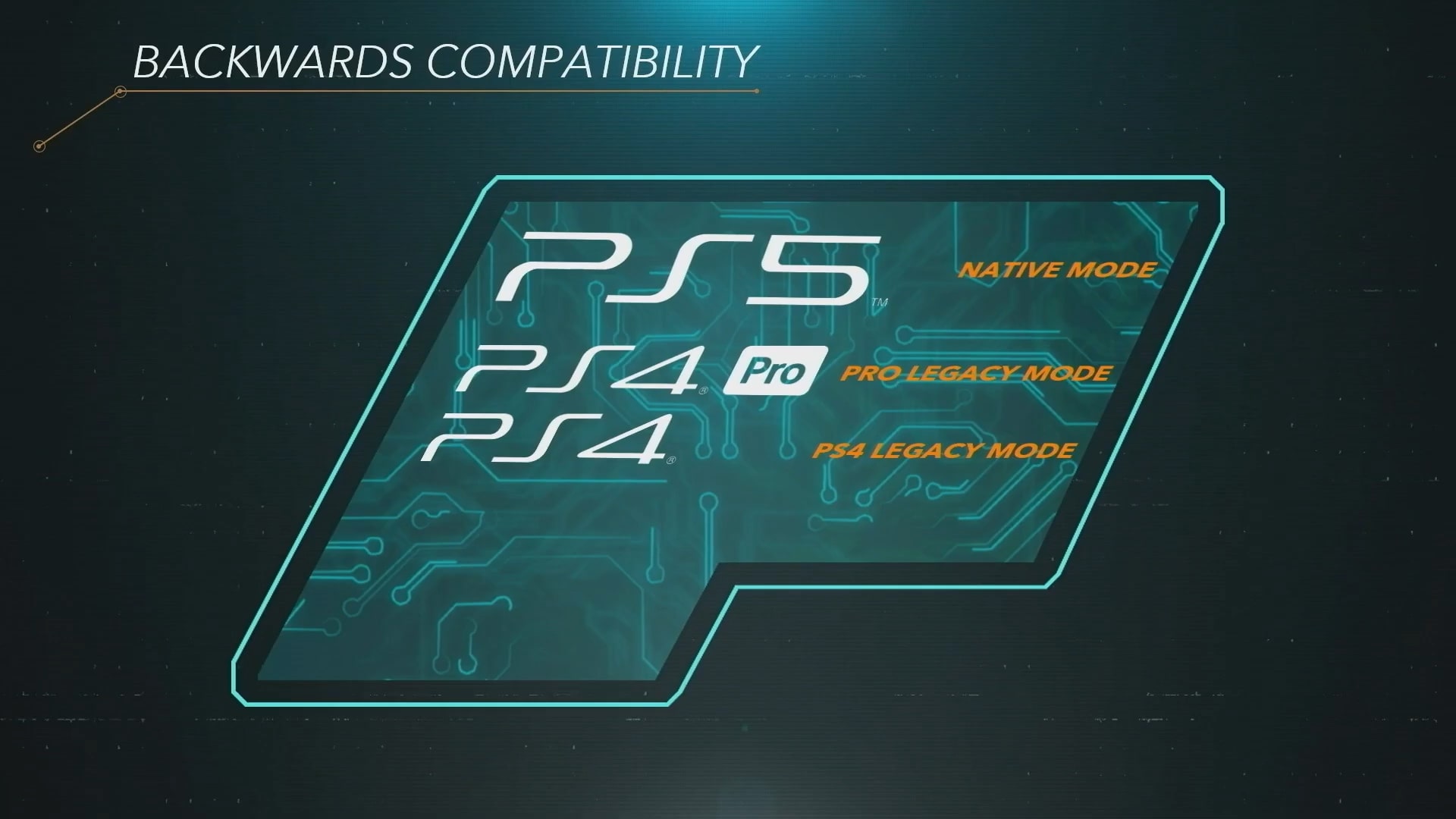
Cerny confirmed that players' existing PS4 libraries can be played on the PS5 by porting them over to the console via an external hard drive, including support for third party SSDs. "You can leave your games on the hard drive and play them directly from there, saving the pricier SSD storage for your PS5 titles," explains Cerny, "or you can copy the PS4 titles directly to the SSD. If your purpose in adding more storage is to play PS5 titles, though, ideally you will add to your SSD storage."
In other words, buying an external hard drive now has dual usage; either to expand your PS5 memory, or use it as a portable library for your backwards compatible PS4 titles. Either way, it's win win.
9. The PS4's clamorous cooling fans are a thing of the past
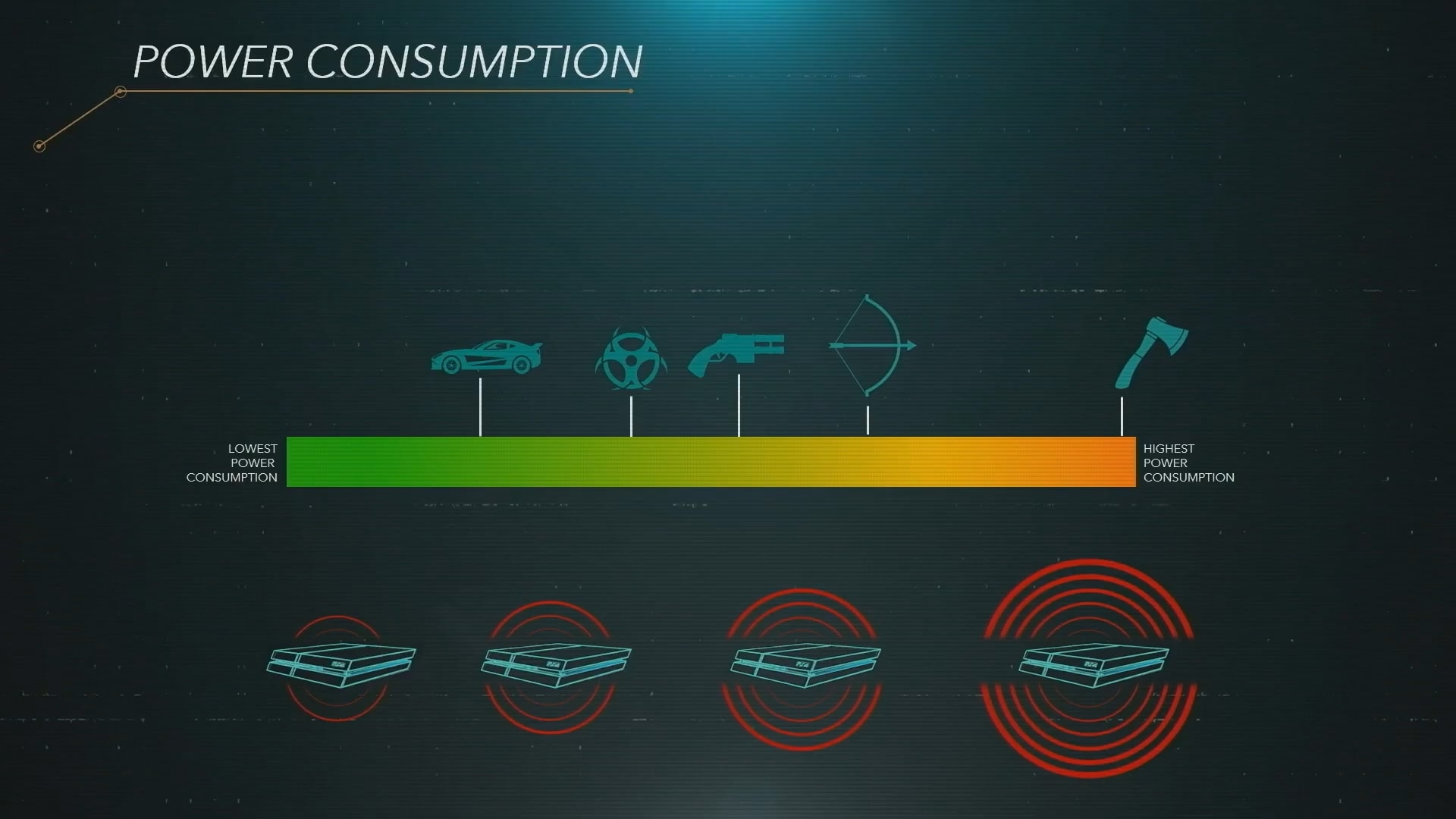
Even Cerny complained about how irritatingly loud his PS4 has been when attempting to run God of War, admitting "I know that the power consumption is high just by the fan noise." As a result, Sony is going to great lengths to improve power efficiency with the PS5, which deploys "variable frequency tech" to always use the same amount of power no matter what games it's running.
Subsequently, the PS5's cooling system will remain constant (and, more importantly, constantly quiet), without having to go into overdrive to make up for the higher powered software that tends to arrive at the later stages of a console's life cycle.
10. Tempest Audio looks to revolutionise how we hear games
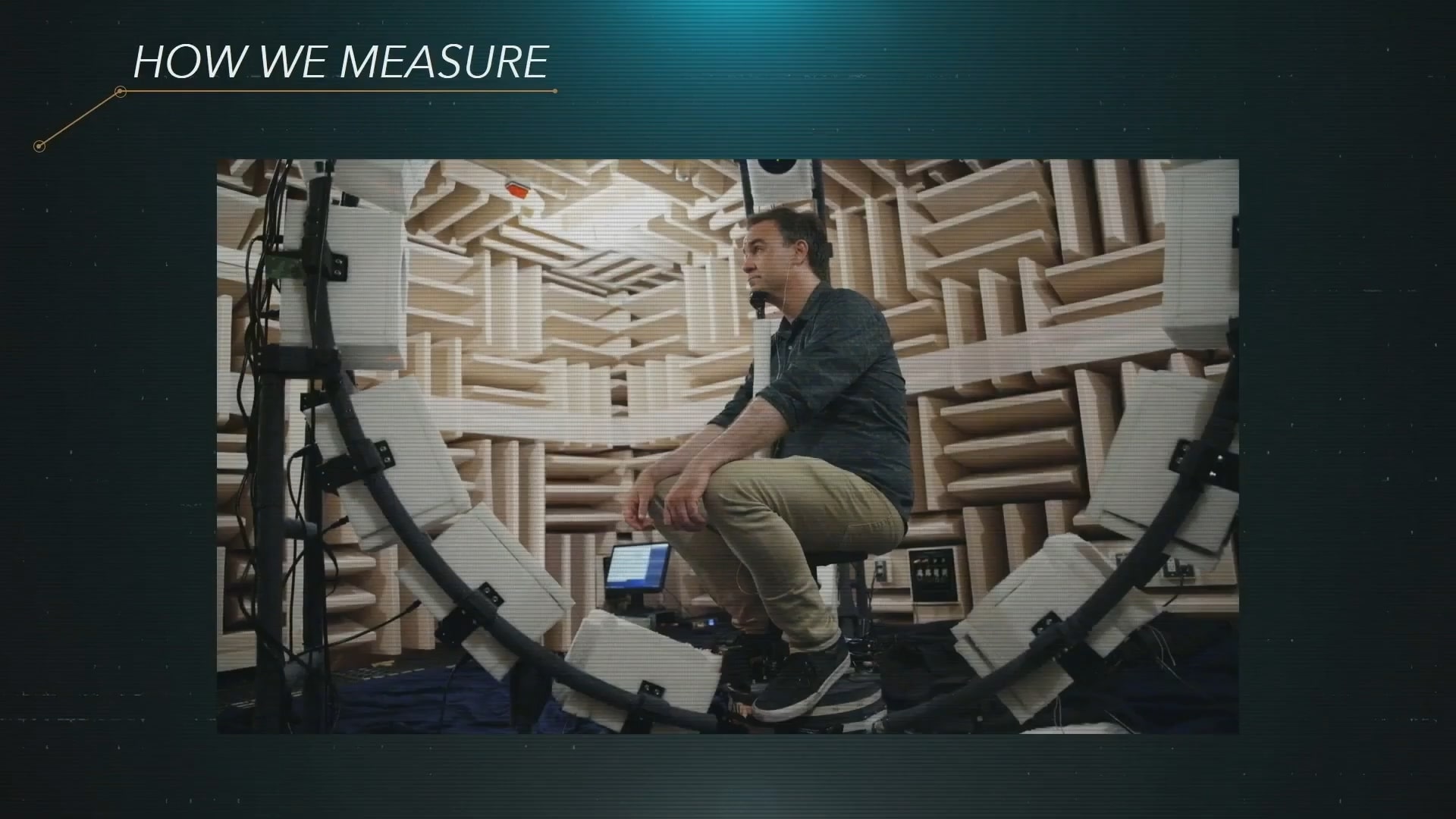
Cerny devoted a fair bit of time to talking about how audio will work on PS5, hoping that the solutions inside the console will fully immerse us in the games we play. At the heart of this is the Tempest 3D Audio Tech, which is based on AMD's GPU tech. He mentioned how PSVR supports 50 "decent" sound sources, but that the Tempest tech will support a hundred sound sources, according to Digital Foundry.
One example given during the stream was how you'll be able to pinpoint where enemies are attacking you from, because you'll be able to hear precisely where their noises are coming from. Another focused on rain, and how hearing raindrops all around you would increase the sensation of immersion in a world. Cerny explained that there would be "lots of 3D audio sources for raindrops hitting the ground in all sorts of locations around you." We can't wait to hear how it works.
11. PS5 game betas are coming this year

Cerny didn't specifically talk about upcoming PS5 games during the stream, in fact he started by saying he wouldn't be mentioning them until a later date, but he did reveal that there would be PS5 game betas arriving roughly around "launch at year-end".
On its own that might not mean a great deal, after all, we'd expect a next-gen console to launch with something to play. But it does at least reveal that the console is still on track to launch this year, and that we can expect a mix of launch titles and game betas when it lands.
For more, check out our latest episode of Dialogue Options below, or head over to page 2 for all the other key details we know about the PS5.
I'm GamesRadar's Features Writer, which makes me responsible for gracing the internet with as many of my words as possible, including reviews, previews, interviews, and more. Lucky internet!



